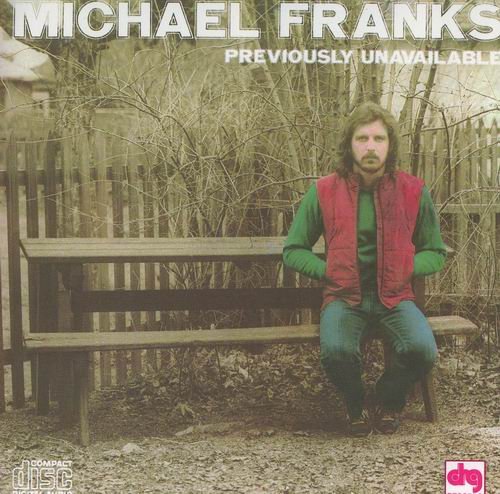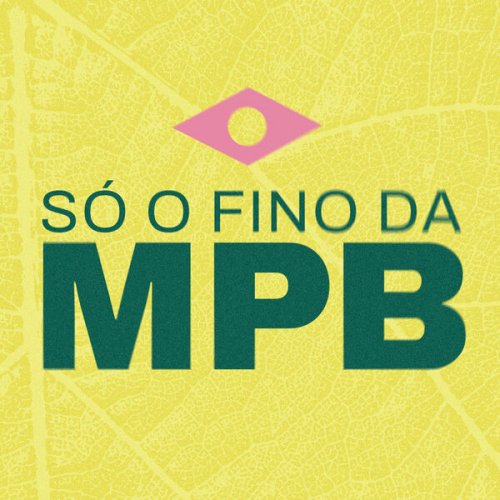Cappella Mariana & Vojtěch Semerád - Flemish Polyphony in Central Europe: Works by Tourout, Isaac & Weerbeke (2024) [Hi-Res]
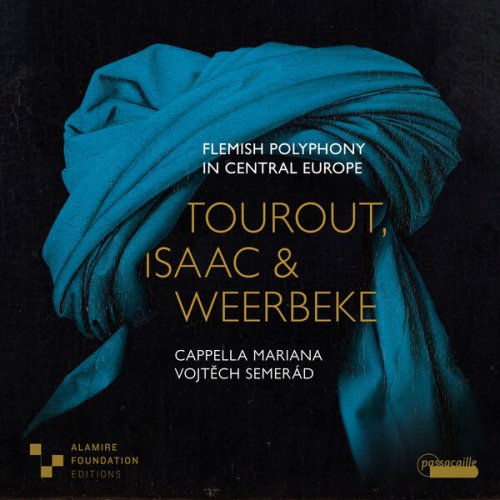
Artist: Cappella Mariana, Vojtěch Semerád
Title: Flemish Polyphony in Central Europe: Works by Tourout, Isaac & Weerbeke
Year Of Release: 2024
Label: Passacaille
Genre: Classical
Quality: FLAC (tracks) / 24bit-96kHz FLAC (tracks)
Total Time: 01:05:07
Total Size: 252 MB / 1.04 GB
WebSite: Album Preview
Tracklist:Title: Flemish Polyphony in Central Europe: Works by Tourout, Isaac & Weerbeke
Year Of Release: 2024
Label: Passacaille
Genre: Classical
Quality: FLAC (tracks) / 24bit-96kHz FLAC (tracks)
Total Time: 01:05:07
Total Size: 252 MB / 1.04 GB
WebSite: Album Preview
1. Missa Chargé de deuil: I. Kyrie (3:26)
2. Missa Chargé de deuil: II. Gloria (6:30)
3. Virgo restauratrix (1:43)
4. Missa sine Kyrie (olim "Chorus iste"): II. Credo (6:34)
5. Missa sine Kyrie (olim "Chorus iste"): III. Sanctus (4:30)
6. Anima mea liquefacta est (2:40)
7. Quem terra pontus (1:37)
8. Pange lingua gloriosi (Instrumental Version) (6:56)
9. Kyrie paschale (4:19)
10. Victimæ paschali laudes (3:26)
11. Ave Maria ancilla Trinitatis - Ave Maria gratia plena (2:41)
12. Paradisus trinitatis (2:45)
13. O gloriosa domina (3:42)
14. Michael, praepositus paradisi (2:01)
15. O Altissime (2:48)
16. Ave virgo gloriosa - O praeclare Jesu (3:03)
17. O lumen Bohemiae (2:35)
18. Salus aeterna (2:03)
19. Nova instant cantica (1:56)
With this recording, Vojtěch Semerád and the Cappella Mariana continue their exploration of the Central European musical culture of the 15th and early 16th centuries. Initially focussing exclusively on the unknown Flemish composer Johannes Tourout (PAS1124), this second album also features works by his contemporaries Gaspar van Weerbeke and Heinrich Isaac.
The structure of the programme takes several aspects of this period into account: Flemish artists played a central role as composers and performers, and the reception of previously unidentified regional composers has so far been very patchy. The grey area of the anonymous repertoire conceals true gems of polyphony. Another important phenomenon are compositions in which the original texts are replaced by new ones in order to adapt them for the liturgical context, as is the case with French chansons – the real hits in late medieval and early modern Europe. This recording has also brought to light exciting musical discoveries of the rich Franco-Flemish polyphony in Central Europe.
The structure of the programme takes several aspects of this period into account: Flemish artists played a central role as composers and performers, and the reception of previously unidentified regional composers has so far been very patchy. The grey area of the anonymous repertoire conceals true gems of polyphony. Another important phenomenon are compositions in which the original texts are replaced by new ones in order to adapt them for the liturgical context, as is the case with French chansons – the real hits in late medieval and early modern Europe. This recording has also brought to light exciting musical discoveries of the rich Franco-Flemish polyphony in Central Europe.
![Hank Mobley - Midtown Strut (Remastered) (2025) [Hi-Res] Hank Mobley - Midtown Strut (Remastered) (2025) [Hi-Res]](https://www.dibpic.com/uploads/posts/2025-11/1761988489_xb4zr8dcs0zda_600.jpg)
![Makaya McCraven - The People's Mixtape (2025) [Hi-Res] Makaya McCraven - The People's Mixtape (2025) [Hi-Res]](https://img.israbox.com/img/2025-10/30/ebgyamtsziawdg7xm3rw7grt4.jpg)
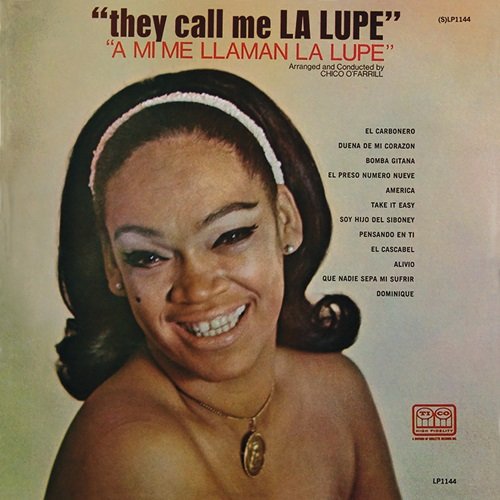
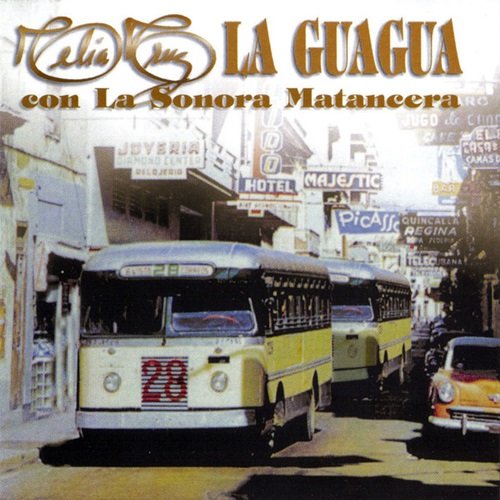
![Wynton Kelly - Swingin' Shades (Remastered) (2025) [Hi-Res] Wynton Kelly - Swingin' Shades (Remastered) (2025) [Hi-Res]](https://www.dibpic.com/uploads/posts/2025-10/1761911013_wkss.jpg)

![Diamanda Galas - You Must Be Certain Of The Devil (2025 Remaster) (2025) [Hi-Res] Diamanda Galas - You Must Be Certain Of The Devil (2025 Remaster) (2025) [Hi-Res]](https://img.israbox.com/img/2025-11/01/hmvao132qf78re7n2ht1zg3ro.jpg)
